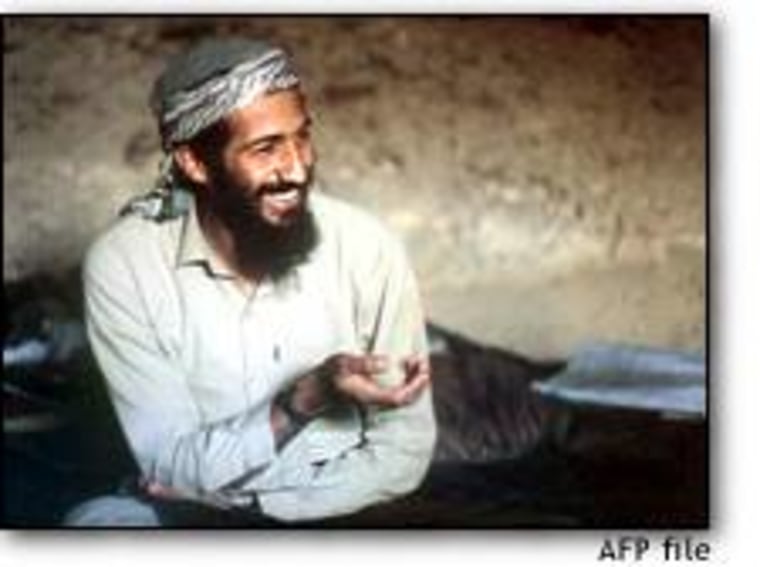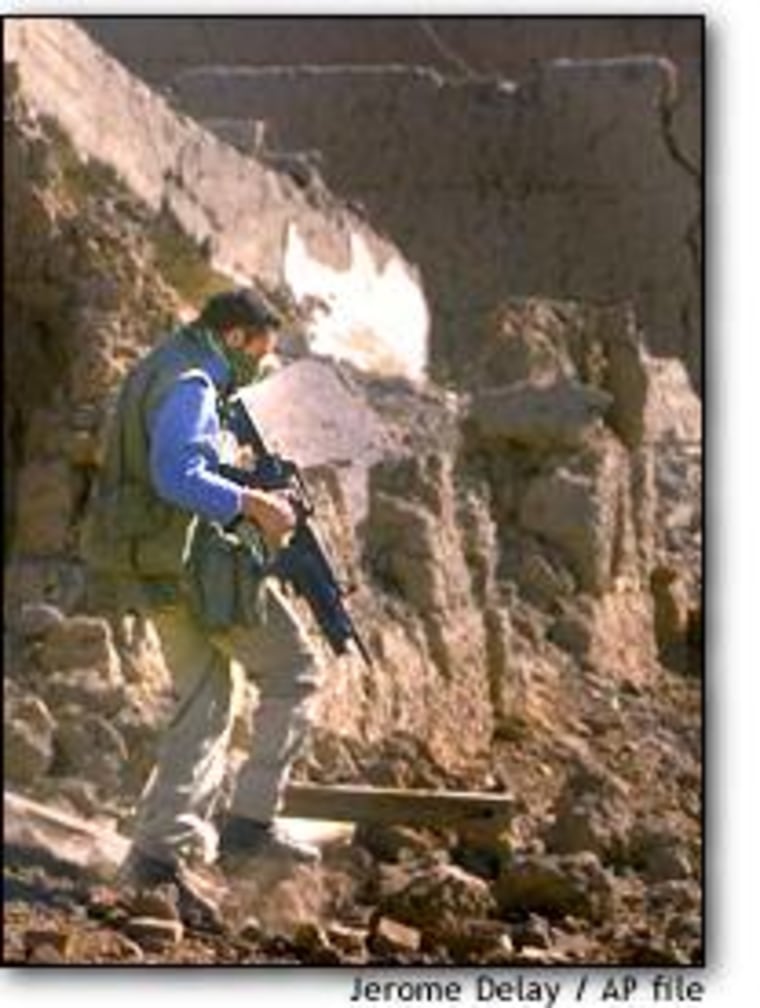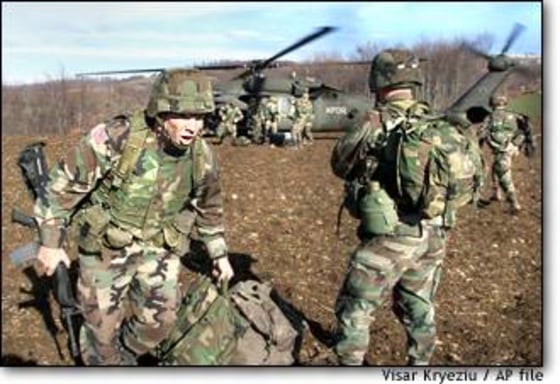In early November, as the first strongholds of the Taliban and its al-Qaida allies began to fall in northern Afghanistan, officers of the U.S. Army’s paratroop units — the 82nd airborne division and elements of the 101st — pleaded with the generals running the war to have their men dropped along the Afghan-Pakistan border region to cut off the retreat of al-Qaida and its leader, Osama bin Laden. To the fury of these officers, their pleas went unanswered, turned aside because of the high probability of casualties. The result: al-Qaida’s leadership, along with senior Taliban officials, live on to fight another day. It is just one of the war’s missed opportunities now coming to light.
THE STORY of the war in Afghanistan as told to the American public thus far has been almost universally positive. To be sure, the horrible mishaps and accidents that mar all wars are present — errant bombs and missiles that wipe out villages, faulty intelligence that results in friendly fire deaths, for instance. By and large, however, the version of the war the public sees through the U.S. media emphasizes the brilliance of the strategy of using a proxy force, the Northern Alliance, along with selected special-operations forces and aerial bombardment. That, plus an almost complete lack of American casualties and the speed of the Taliban’s collapse, is served up as “victory.”
Inconvenient voices both inside and outside the military have questioned this version for some time, quietly criticizing the war’s commanders as overly cautious and pointing out that the big fish apparently has slipped through the net. Now, however, with the war planners turning their attention elsewhere, accounts of tremendous tactical miscalculations on their part are emerging. Far from the bold, unadorned victory being touted at the Pentagon and White House (and broadcast almost unquestioned by the media), these accounts paint the war in Afghanistan as a flawed exercise in which a guerrilla army and its terrorist partner were allowed to slip away because politicians and generals running the war lacked the stomach to put significant American units on the ground.
FAILURE OF WILL?
Nowhere is this version more prevalent than among the ranks of the airborne elite, lightly-armed units dropped behind German lines at D-Day. Nearly a half-century later, they were deployed to stare down Iraqi armored divisions for weeks in 1990 in the Saudi desert, until heavier U.S. forces could be gathered to throw Iraq’s troops out of Kuwait.
“Again and again in history, this unit has been dropped behind enemy lines to complete a trap and make sure the enemy could not live to fight another day,” says an officer with the 82nd Airborne, based in North Carolina.* “Hell, we’re all volunteers. We know that life and death comes along with the job. None of us can understand why the [Northern] Alliance was trusted with the job.”
The mission the Northern Alliance and its even less-reliable southern Afghan comrades were handed was cutting off al-Qaida’s escape south toward the lawless northern reaches of Pakistan, where U.S. intelligence believes many of the senior figures in both al-Qaida and the Taliban now are sheltered.

Another airborne officer, who wanted both his name and his unit kept out of the story, says the exploits of the smaller U.S. and British special-operations forces have been overblown by the media, which has “swallowed hook, line and sinker” the Pentagon line.
“Where’s bin Laden’s head?” he asked. “Isn’t that what we were after? Is it a victory if this guy just sets up in another cave someplace with the blueprints of another skyscraper?”
SAS FURY
In fact, it is not just the American Army’s airborne divisions that are angry at the calls made as the Taliban/al-Qaida rout began. According to a report in an influential British magazine, The Spectator, officers and men of Britain’s elite SAS special forces feel they could have killed bin Laden in November except for the squeamishness of American generals under whom they fought.
The magazine’s account described a January meeting between Henry Kissinger and the men of the SAS, the most storied and highly regarded special-forces units in the world, bar none.
“Some of Dr. Kissinger’s audience had just come back from Afghanistan,” the story reads. “They had taken part in the attack on the cave complex at Tora Bora, where two squadrons of SAS went into action.” The SAS, or Special Air Service, were fighting in a coordinated action alongside troops of the larger American Delta Force.
A call to Kissinger’s office requesting comment brought no answer.

“By the end of the battle,” the Spectator account continues, “the SAS was certain it knew where bin Laden was: in a mountain valley, where he could have been trapped. The men of the SAS would have been happy to move in for the kill, dividing themselves into beaters and guns.
“It did not get the chance,” the magazine continued. “The SAS was under overall U.S. command, and the American generals faltered. Understandably enough, they wanted Delta Force to be in at the death; they would have preferred it if bin Laden had fallen to an American bullet. So would the Delta Force; every bit as much as the SAS, its men were raring to go. It was their commanders who held them back.”
“As far as the SAS could tell,” the story concluded, “the [American general’s] hope was that the ragged-trousered militants of the Northern Alliance would do most of the dangerous stuff — take most of the casualties — while Delta force came in for the coup de grace.”
Of course, the coup de grace never came. Since it became evident that bin Laden had eluded capture, some in the administration have been tempted to glom onto the Pakistani Gen. Pervez Musharraf’s self-serving theory that the terrorist leader is probably dead in one of the many caves of the region.
That would, indeed, be a wonderful bit of news for all involved. The truth, however, is probably a bit more complicated.
*An earlier version of this column referred to the 101st Airborne Division, which while technically correct, is worth a clarification. The 101st, based at Ft. Campbell, Kentucky, continues to be called an airborne division for historical reasons. However, only some elements of the unit have been devoted to air assault and other specialized airborne tactics. My thanks to several former “Screaming Eagles” for pointing this out. MM
Mail your thoughts to Michael Moran, request to join (or be removed from) his e-mail notification list
